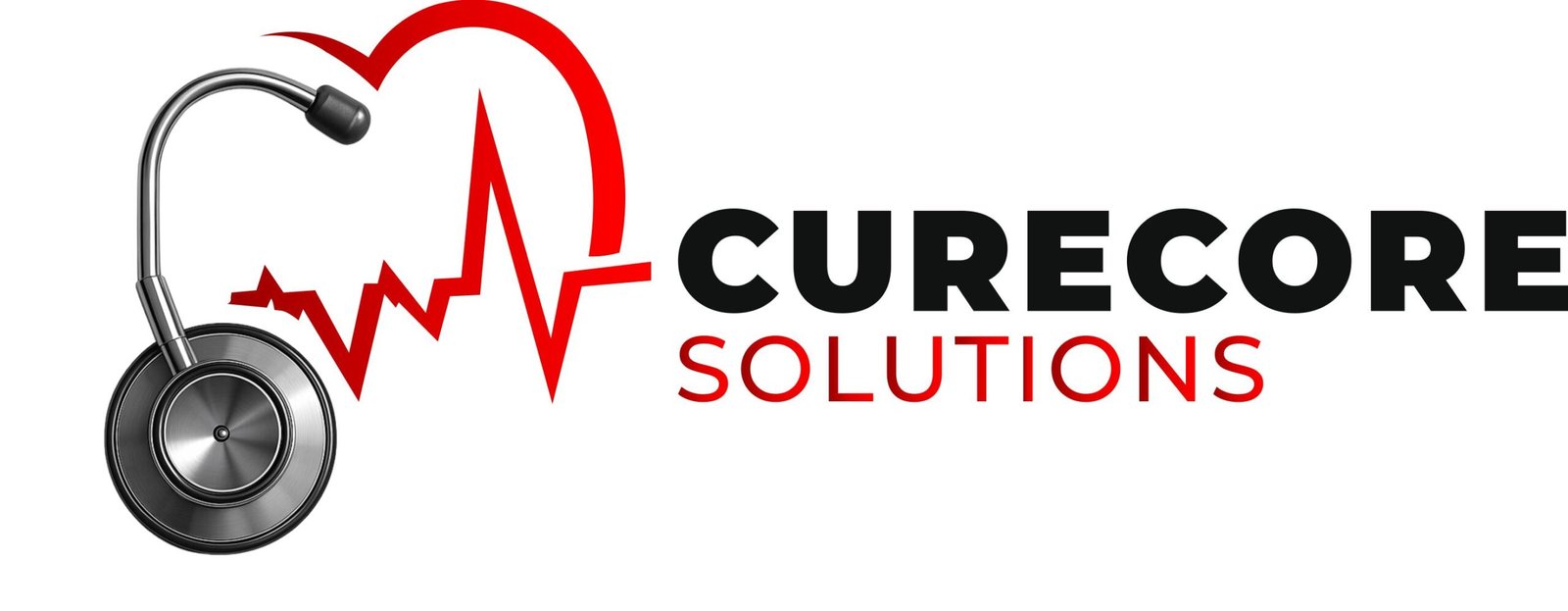When medical practices transition to Electronic Health Records (EHRs), the process is often challenging and disruptive. It can impact daily operations and detract from the primary focus of patient care. Despite the initial hurdles, adopting EHRs can lead to increased efficiency and improved earnings in the long run.
Before diving into the transition, medical practices should carefully consider several key factors:
- Objective: No Paper Charts
-
- The primary objective of implementing an EHR system is to eliminate paper charts entirely. Practices must work closely with their EHR vendor to ensure that all essential data from paper charts is seamlessly integrated into the electronic system.
- Workstations
- Determine the type of workstations needed for EHR software implementation, such as desktops, laptops, or tablets. Ensure compatibility with the software and hardware requirements outlined by the vendor. Invest in workstations that will remain viable for at least the next five years.
- LAN Network
- Allocate resources to establish a robust LAN network throughout the practice. Interconnect all nodes with a central server to facilitate smooth operation of the EHR software and ensure data accessibility across the practice.
- Power Backups
- Given the heavy reliance of EHR systems on power supply, invest in adequate power backup solutions to maintain operational continuity during power outages or disruptions.
- Lab Connectivity
- Evaluate whether the EHR software can seamlessly connect with online labs across the region or country. This feature can significantly streamline lab-related processes and save time and effort.
- Compatibility with PM and Billing Software
- Ensure that the chosen EHR system is fully compatible with the practice’s existing practice management (PM) and billing software. Integration between these systems enables centralized management of operations and prevents software fragmentation.
- Training and Ongoing Support
- Select an EHR vendor that offers comprehensive training and ongoing support. Given the complexity of EHR systems, proper training and access to technical support are essential for successful implementation and utilization.
By carefully considering these factors before transitioning to EHR systems, medical practices can mitigate unexpected challenges and ensure a smoother shift. Keeping these considerations in mind will help practices navigate the transition effectively and reap the benefits of electronic health records.
